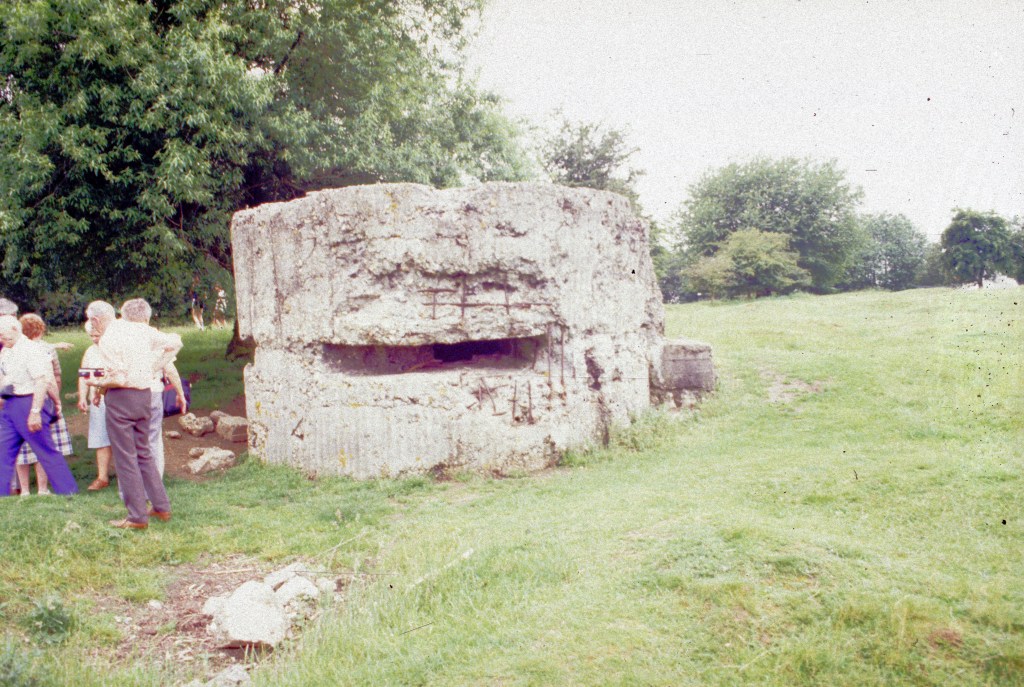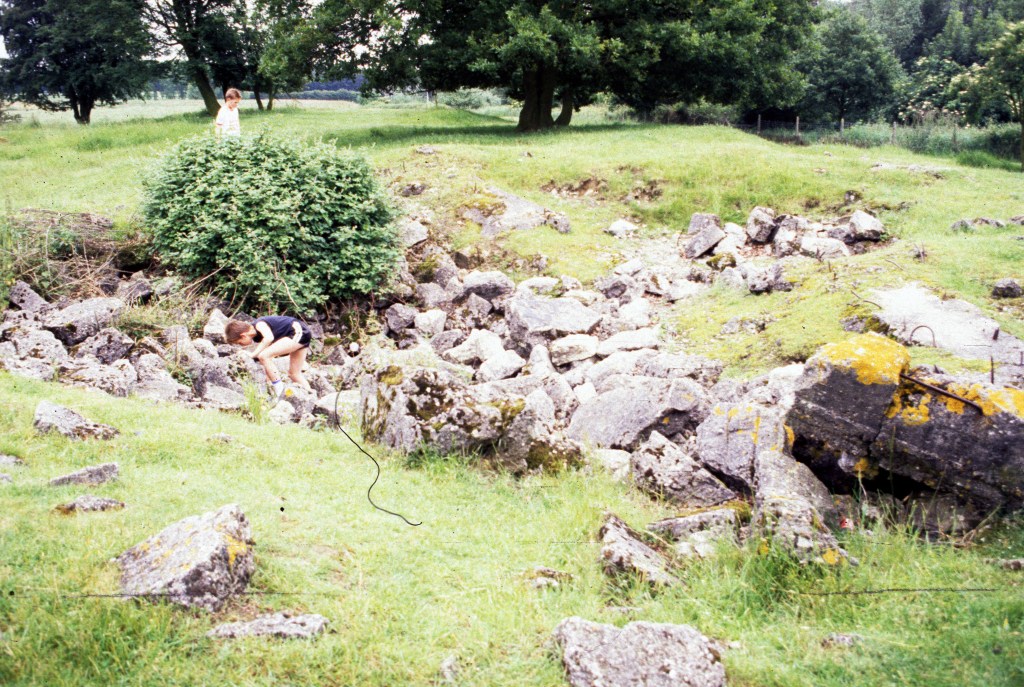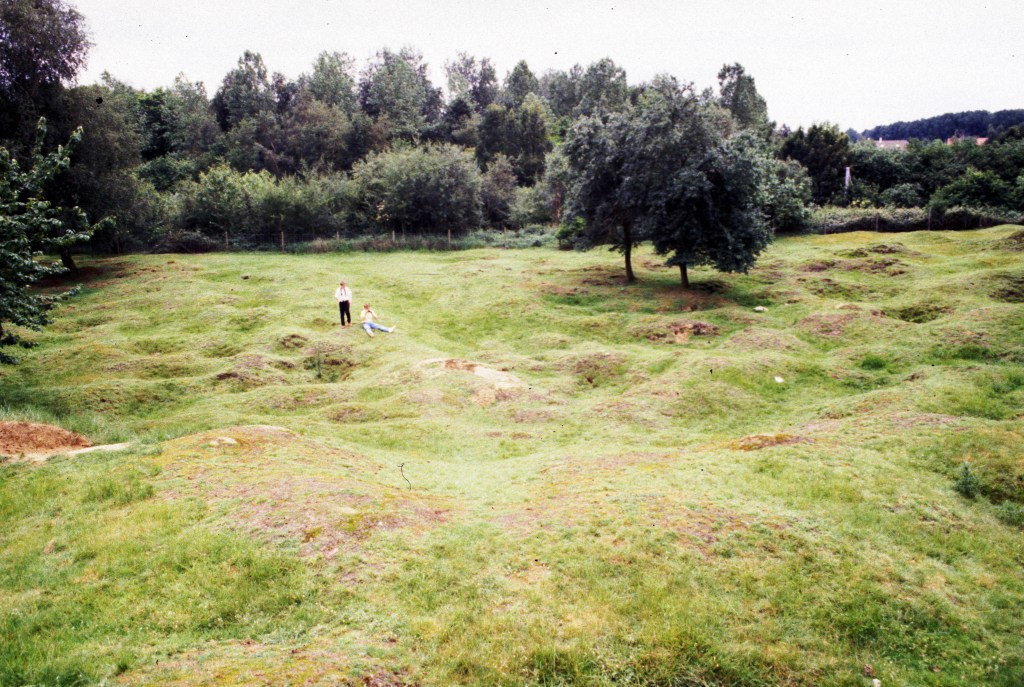
NASH, HERBERT

Photograph with kind permission from the Uttoxeter Advertiser
|
|
Source |
||||
|
CWGC |
SDGW |
Uttoxeter Advertiser |
Other |
||
|
Parents |
George Thomas and Mary Ann Nash |
Yes |
|
|
|
|
George Nash |
|
|
5a |
|
|
|
Where born |
Uttoxeter |
|
Yes |
|
4 |
|
When born |
About 1896 |
|
|
|
7 |
|
23 July 1896 |
|
|
5b |
7 |
|
|
Address |
Parents: 29, Spiceal Street |
Yes |
|
5a, 5d, 5f, 5g |
|
|
Spouse |
|
|
|
|
|
|
Children |
|
|
|
|
|
|
Employment Before Joining up |
|
|
|
|
|
|
Where enlisted |
Uttoxeter |
|
Yes |
|
4 |
|
Regiment |
North Staffordshire (Prince of Wales’s) |
Yes |
Yes |
5a, 5d, 5e, 5f, 5g |
1, 4, 6 |
|
Unit |
1st/6th Bn. |
Yes |
Yes |
|
|
|
6th |
|
|
5a |
|
|
|
1/6th (T.F.) Bn |
|
|
|
4 |
|
|
‘C’ Company |
|
|
|
1 |
|
|
Rank |
Private |
Yes |
Yes |
5a, 5b, 5c, 5d, 5e, 5f, 5g |
1, 4, 6 |
|
Service Number |
1824 |
Yes |
Yes |
|
1, 4, 6 |
|
Date of Death |
23 July 1915, the correct date |
|
|
5a, 5b, 5d, 5e, 5f, 5g |
1 (24 July 1915 crossed out) |
|
24 July 1915- WRONG |
Yes |
Yes |
|
4, 6 |
|
|
26 July 1915 - WRONG |
|
|
5c |
|
|
|
Age at time of death |
19 |
Yes |
|
5a, 5b, 5d, 5e, 5f |
|
|
Where Killed or died |
France/Flanders |
|
Yes |
5e, 5f |
|
|
Hill 60, Ypres salient |
|
|
5c |
|
|
|
How he died |
Killed in Action |
|
Yes |
5a, 5b, 5d, 5e, 5f, 5g |
4, 6 |
|
Killed in Action – sniped through the forehead |
|
|
5a |
|
|
|
Location of Grave or Memorial |
Blauwepoort Farm Cemetery Grave B.18 |
Yes |
|
|
|
|
Uttoxeter Town War Memorial |
|
|
|
4 |
|
|
Awards |
1915 Star F/5B3 Page 213 |
|
|
|
6 |
|
Victory Medal F/104B Page 25 |
|
|
|
6 |
|
|
British Medal F/104B Page 25 |
|
|
|
6 |
|
Herbert was an only son of George and Mary Nash.
His father also served as a Private4, 5a. with the old Volunteers and Territorials. 5a He had served for 16 years and was on duty in the north with a Home Service Battalion when news of Herbert’s death was received5a.
Herbert was very popular with his comrades5a.
He was on sentry duty at Hill 60 and a sniper shot him through the forehead at about 10pm.
Private Jack Price, who was serving in the same company, wrote to Herbert’s wife and an extract from his letter was published in the Uttoxeter Advertiser5a. He told her that Herbert was hit in the forehead and had “died like a soldier should – doing his duty”.
The same newspaper article5a also reported that Sergeant J. Kenny, of Uttoxeter, had also written to Herbert’s mother, and in a letter dated 24th July 1915 he had said the following:
“I very much regret to have to tell you that your son Herbert was killed in action last night. He was on sentry, and was about to be relieved when he was hit, the bullet passing through his head. Poor lad, he felt no pain and died doing his bit. It happened about 10 p.m. Your boy knew no fear, and always did his duty well. We are all sorry and you have our sympathy in your great loss.”
He was an only son5a, and in the years that followed his death notes posted by his family in the In-Memoriam column of the Uttoxeter Advertiser says that he died on his 19th birthday. This means that he was serving underage for all but the last day of his time in the trenches.
His father, George Nash, had previously served with the old Volunteers and Territorials for 16 years. At the time of news of Herbert’s death arriving, he was serving as Private Nash in the north in a Home Service Battalion.
Herbert Nash died at Hill 60.
Hill 60 was a piece of ground in the Ypres area of Belgium which was only slightly higher than the surrounding area. It got its name from the fact that it was 60 feet above sea level. It was only a tiny hill by normal standards, but as it was one of only a few hills in a vast flat area, its occupiers could see for miles. This gave them a strong tactical advantage and occupation of Hill 60 was hotly disputed.
The Germans occupied a number of blockhouses on Hill 60 and these were defended by thick belts of barbed wire and by machine guns. It was only when these blockhouses were destroyed by mines placed deep in the earth beneath them that the allies finally occupied Hill 60. Meanwhile, it became a site of huge loss of life.
In recognition of the huge sacrifices involved in taking Hill 60, it was preserved after the war and has never been built on. The remains of the blockhouses are still there and the pock-marked ground bears witness to the ferocity of the shelling which went on there.
| This is one of the blockhouses which defended Hill 60. Machine-gun fire raked the surrounding area from blockhouses such as this |
 |
| This is all that is left of one of the other blockhouses. When the mines were set –off part of the German front-lines ceased to exist |
 |
| Shell-holes can still be made out on the ground of Hill 60 |
 |
Herbert is buried in plot B.18 of Blauwepoort Farm Cemetery. Fred Alcock is also in this cemetery. They both died at Hill 60.
|
The following was posted in July 19165b to mark the first anniversary of his death |
|
|
These marked the second anniversary of his death in July 1917 |
|
|
|
|
|
This was posted in July 1918 to mark the third anniversary:
|
|
|
Four years had passed since his death when this notice was posted in July 1919. His family’s grief was still very evident. |
|